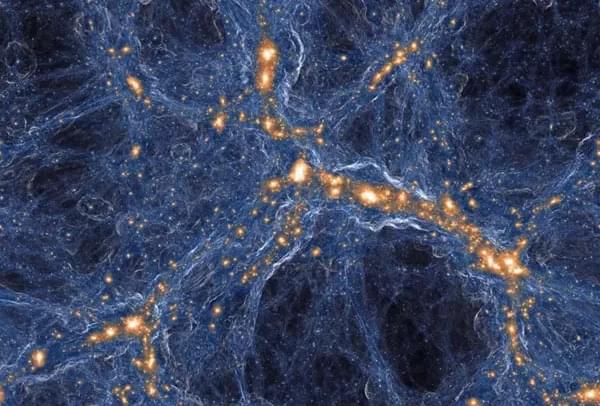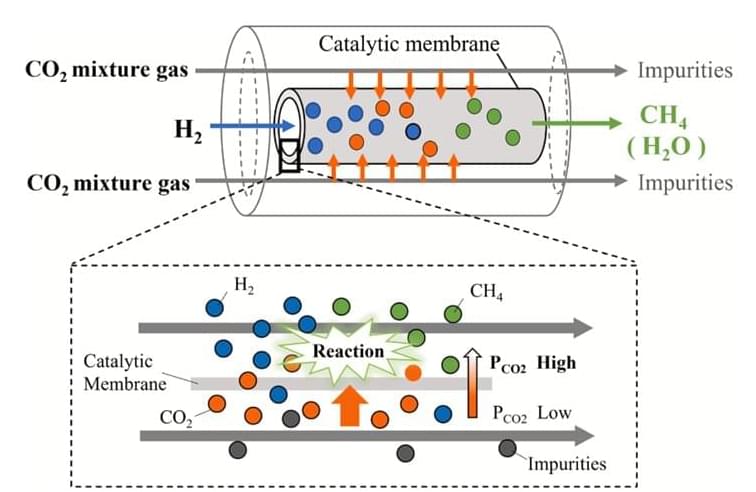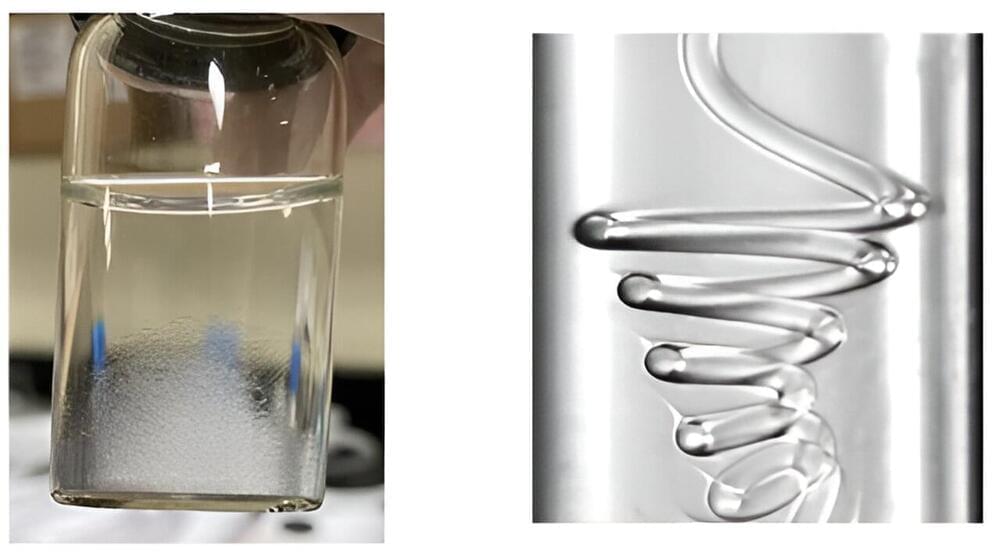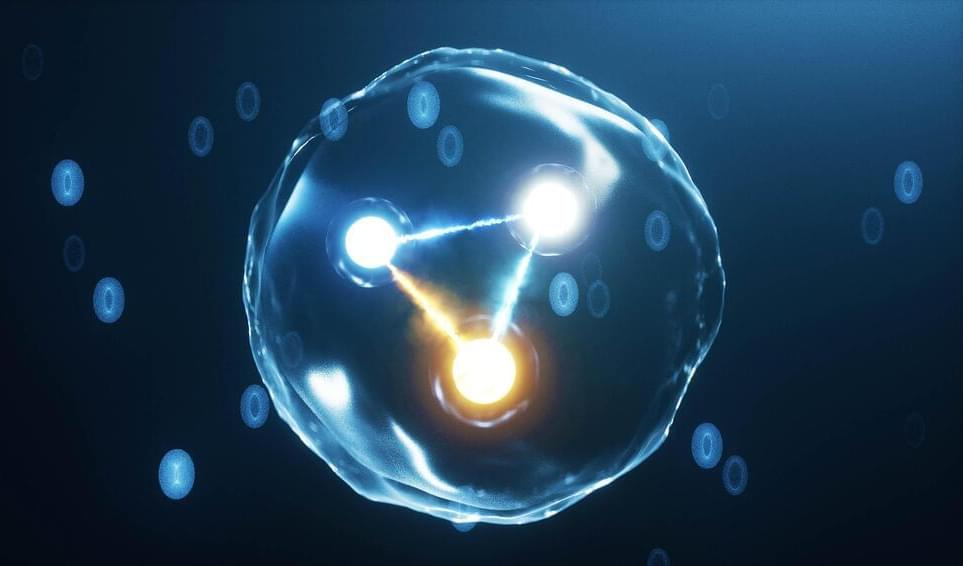Threat actors are targeting Check Point Remote Access VPN devices in an ongoing campaign to breach enterprise networks, the company warned in a Monday advisory.
Remote Access is integrated into all Check Point network firewalls. It can be configured as a client-to-site VPN for access to corporate networks via VPN clients or set up as an SSL VPN Portal for web-based access.
Check Point says the attackers are targeting security gateways with old local accounts using insecure password-only authentication, which should be used with certificate authentication to prevent breaches.







